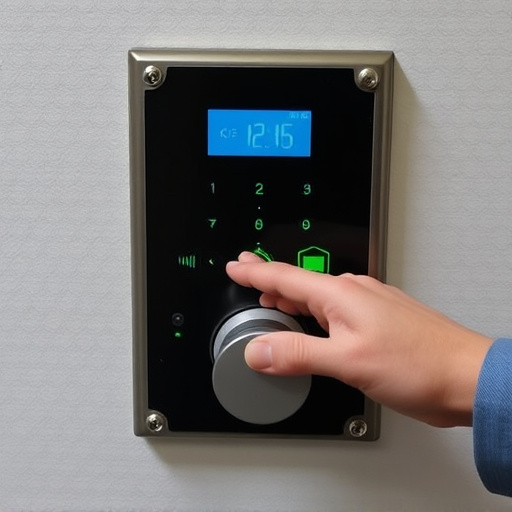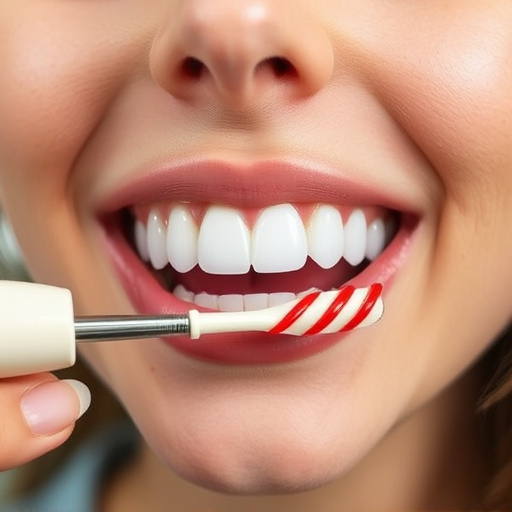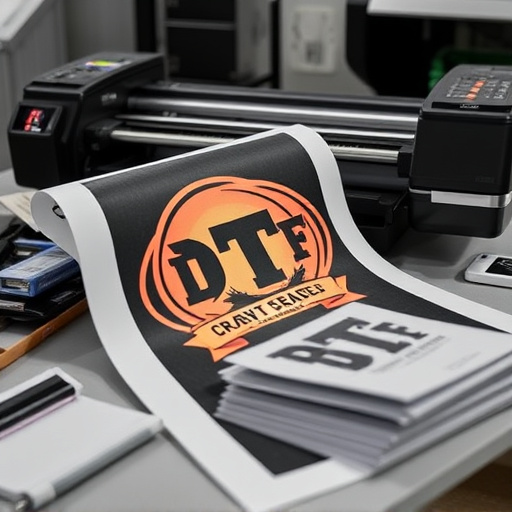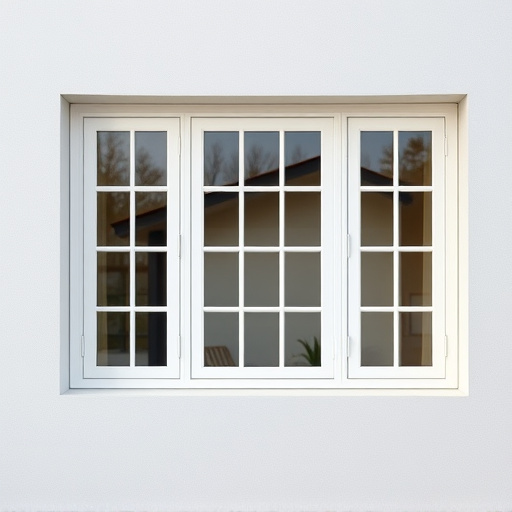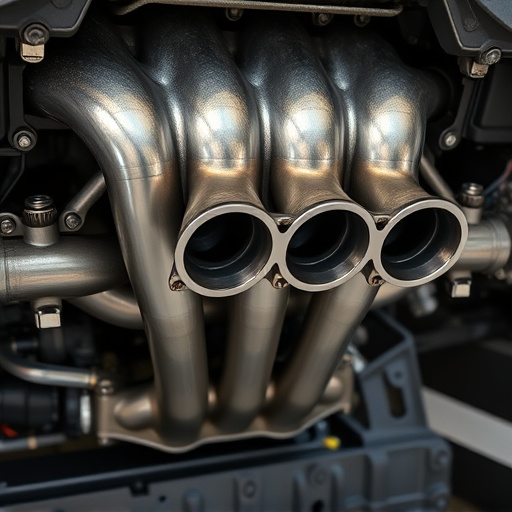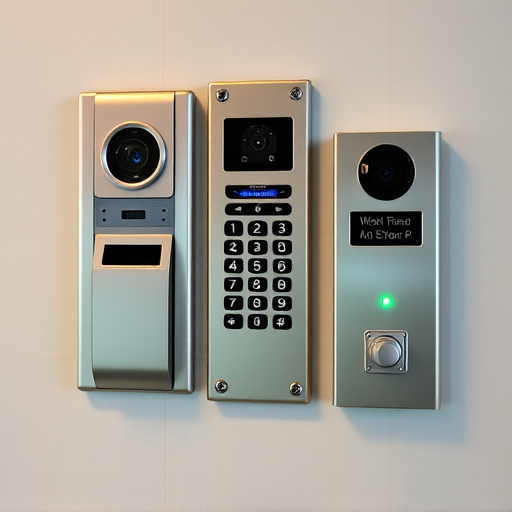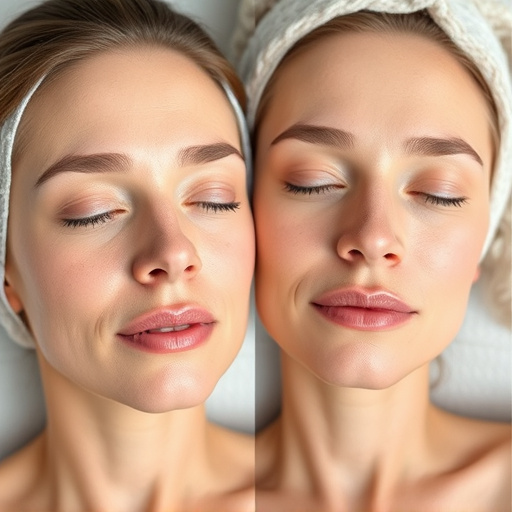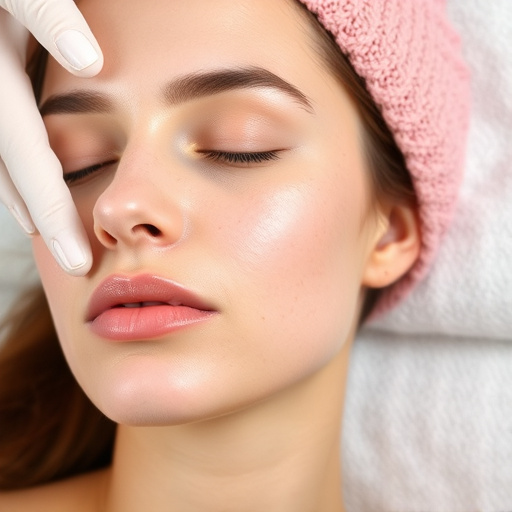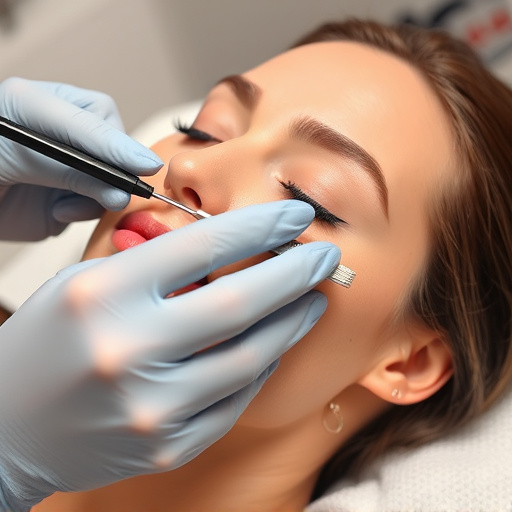Botox and fillers offer distinct wrinkle reduction treatments. Botox paralyzes muscles to prevent dynamic wrinkles, lasting 3-6 months; fillers add volume with hyaluronic acid for static wrinkles, lasting 4-12+ months. Choosing between them depends on wrinkle type and desired duration, with consulting a dermatologist recommended due to potential side effects. Laser and other treatments can complement these options for comprehensive skincare.
“Unsure which wrinkle reduction treatment is right for you? Discover the gold standard in non-surgical facial rejuvenation: Botox vs. fillers. Both offer effective solutions for combating signs of aging, but they work differently. This comprehensive guide breaks down their unique effects, recovery times, and longevity. Learn key factors to consider when choosing between these popular treatments, ultimately helping you make an informed decision for your skin’s health and appearance.”
- Understanding Botox and Fillers for Wrinkle Reduction
- Key Differences: Effects, Recovery, and Longevity
- Choosing Between Botox and Fillers: Factors to Consider
Understanding Botox and Fillers for Wrinkle Reduction
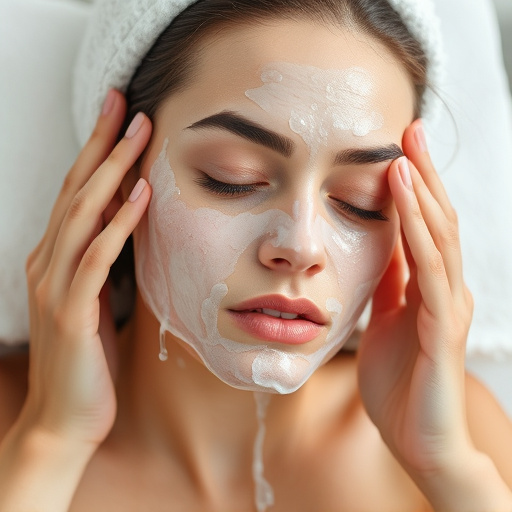
Botox and fillers are both popular non-surgical treatments for wrinkle reduction. Botox, a protein derived from bacteria, works by paralyzing muscles, preventing them from contracting and causing lines to form. Fillers, on the other hand, add volume to the skin by smoothing out wrinkles and enhancing facial contours. These treatments offer effective solutions for those seeking youthful-looking skin without undergoing invasive surgery.
When considering which wrinkle reduction treatment is best, it’s crucial to understand their unique mechanisms and benefits. Botox is ideal for dynamic wrinkles, or those caused by muscle movement, such as frown lines and crow’s feet. Fillers are more suitable for static wrinkles, where the skin has lost volume over time, aiming to restore a smoother, more youthful appearance through localized injections. A customized facial analysis can help determine which treatment aligns best with individual needs and desired outcomes.
Key Differences: Effects, Recovery, and Longevity
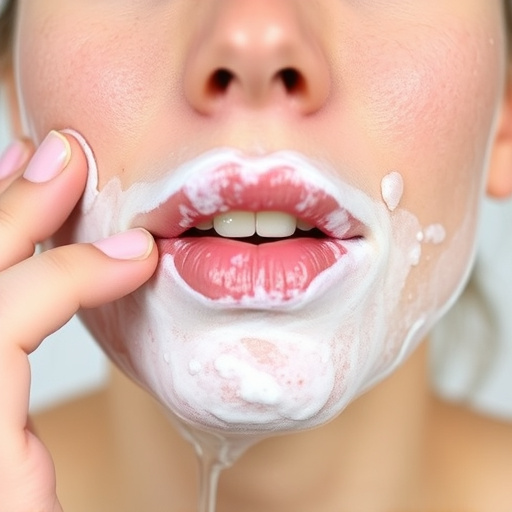
When comparing Botox vs. fillers for wrinkle reduction, understanding their key differences is essential for selecting the best treatment. Both offer significant improvements in skin appearance, but they achieve this through distinct mechanisms. Botox works by paralyzing muscles, preventing them from causing wrinkles to form. Fillers, on the other hand, add volume and elasticity to the skin by filling in deep lines and creases with hyaluronic acid or other substances.
In terms of recovery, Botox generally has a quicker turnaround time, with results visible within a few days and effects lasting up to 4-6 months. Filler treatments may take a bit longer for the swelling to subside, but they offer longer-lasting results, often lasting 6-12 months or more depending on the product used. Each treatment also comes with its own set of considerations: Botox patients might experience temporary muscle weakness or difficulty concentrating, while filler users could face potential bruising, redness, or an uneven skin texture. For those seeking a long-term solution for wrinkle reduction, fillers may be the preferred choice, though it’s important to discuss these options and potential side effects with a qualified dermatologist during consultation.
Choosing Between Botox and Fillers: Factors to Consider
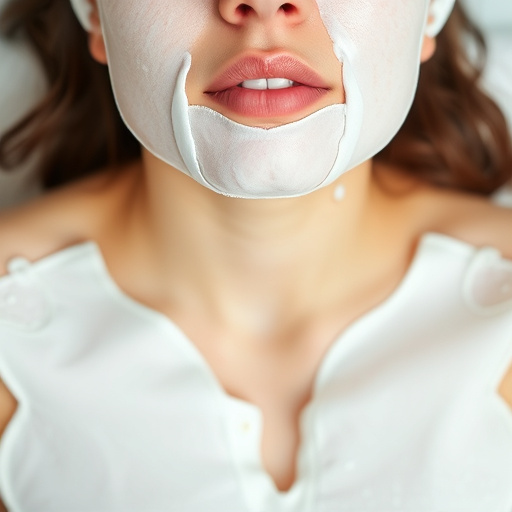
When it comes to choosing between Botox and fillers for wrinkle reduction, several factors come into play. Both are popular anti-aging treatments that can effectively smoothen fine lines and wrinkles, but they work in different ways. Botox is a neurotoxin that relaxes muscles, preventing them from contracting and causing wrinkles. It’s ideal for dynamic wrinkles, those formed by facial expressions, like frown lines or crow’s feet. Fillers, on the other hand, are injectable substances that add volume to the skin, plumping up deep wrinkles and enhancing facial contours. They’re better suited for static wrinkles, which remain even when facial muscles are at rest.
Another key consideration is personal preference and lifestyle. Botox results typically last 3-6 months, requiring regular treatments for maintenance. Fillers can last anywhere from 6 months to several years, depending on the type used, offering a longer-lasting solution. Additionally, individuals with certain medical conditions or allergies should consult dermatologists before opting for either treatment, as both have potential side effects. Lasers and other facial treatments might also be explored as alternatives or complements, but they’re not mutually exclusive and can coexist in a comprehensive skincare regimen for optimal wrinkle reduction.
When choosing between Botox and fillers for optimal wrinkle reduction, understanding their distinct effects, recovery periods, and longevity is key. Both treatments offer effective solutions, but each has its unique advantages. Botox excels in temporarily paralyzing muscles to prevent dynamic wrinkling, while fillers enhance volume loss, providing immediate results. The best choice depends on individual needs and preferences. By considering factors like desired outcome, downtime, and budget, you can select the ideal wrinkle reduction treatment for your skin’s health and appearance.
